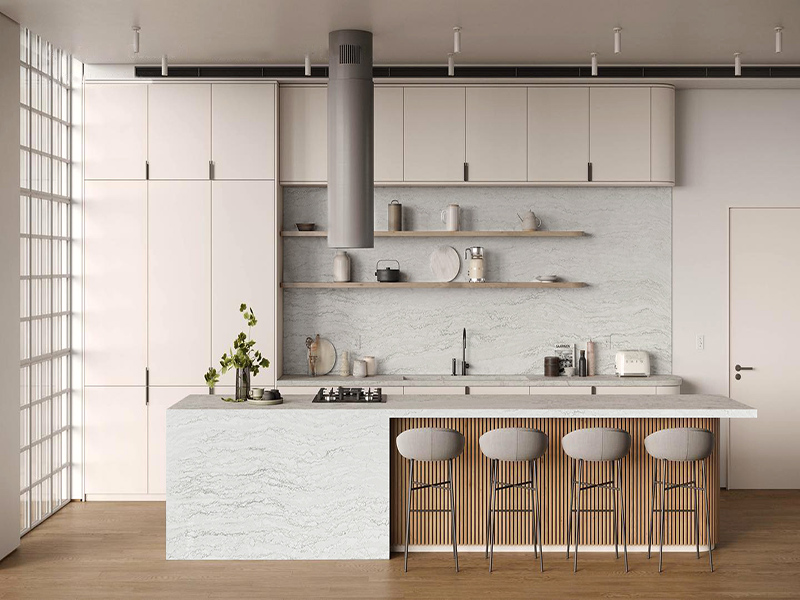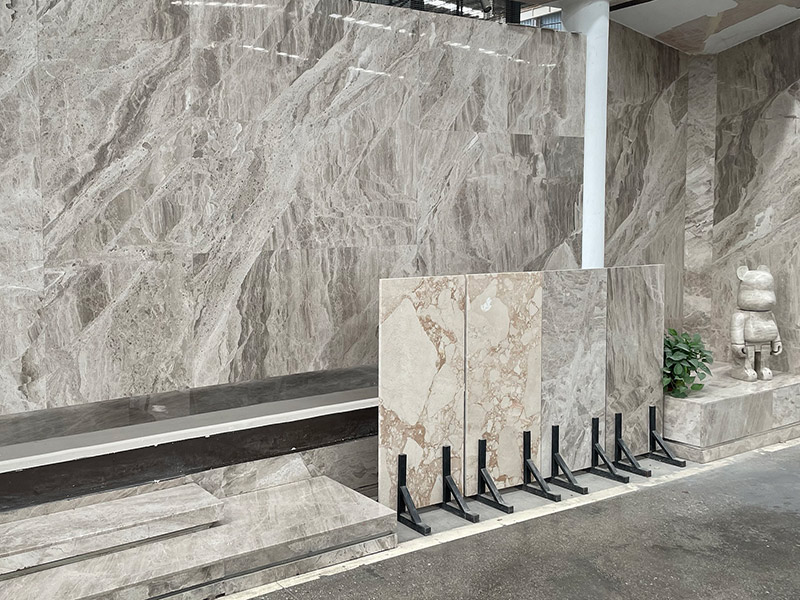The choice between natural stone and artificial stone can significantly influence the aesthetics, functionality, and overall value of a building. Both materials have their unique characteristics and advantages, and understanding their differences can help in making informed decisions for architectural projects.
Natural Stone: Such as marble, granite, limestone, and sandstone, is prized for its unique and timeless beauty. Each piece of natural stone has distinct patterns, colors, and textures, resulting from millions of years of geological processes. This uniqueness adds a sense of luxury and exclusivity to buildings. Natural stone often evokes a sense of grandeur and elegance, making it a preferred choice for high-end architectural projects.
Artificial Stone: Artificial stone, also known as engineered stone, is manufactured using a mixture of natural stone aggregates, resins, and pigments. This process allows for greater consistency in color and pattern, which can be advantageous for projects requiring uniformity. Artificial stone can mimic the appearance of natural stone while offering a wider range of colors and designs. This versatility makes it suitable for modern and contemporary architectural styles.
Natural Stone: Natural stone is known for its durability and longevity. Stones like granite and quartzite are highly resistant to scratches, heat, and weathering, making them ideal for both interior and exterior applications. However, some natural stones, such as marble and limestone, can be more porous and susceptible to staining and etching. They require regular sealing and maintenance to preserve their appearance and integrity.
Artificial Stone: Artificial stone is engineered to be highly durable and low-maintenance. It is non-porous, which makes it resistant to staining and bacterial growth, making it an excellent choice for kitchen countertops and bathroom surfaces. The consistent quality and uniformity of artificial stone also mean fewer imperfections and less need for ongoing maintenance compared to some natural stones.

Natural Stone: Natural stone can be expensive due to the costs associated with quarrying, transporting, and processing the material. The rarity and quality of certain stones, such as marble and onyx, can further increase their cost. However, the investment in natural stone can enhance the value and prestige of a property, making it a worthwhile consideration for luxury projects.

Artificial Stone: Artificial stone is generally more cost-effective than natural stone, offering a similar aesthetic at a lower price point. The manufacturing process allows for efficient production and reduced waste, which can result in lower costs. Additionally, the reduced maintenance and longer lifespan of artificial stone can offer cost savings over time.